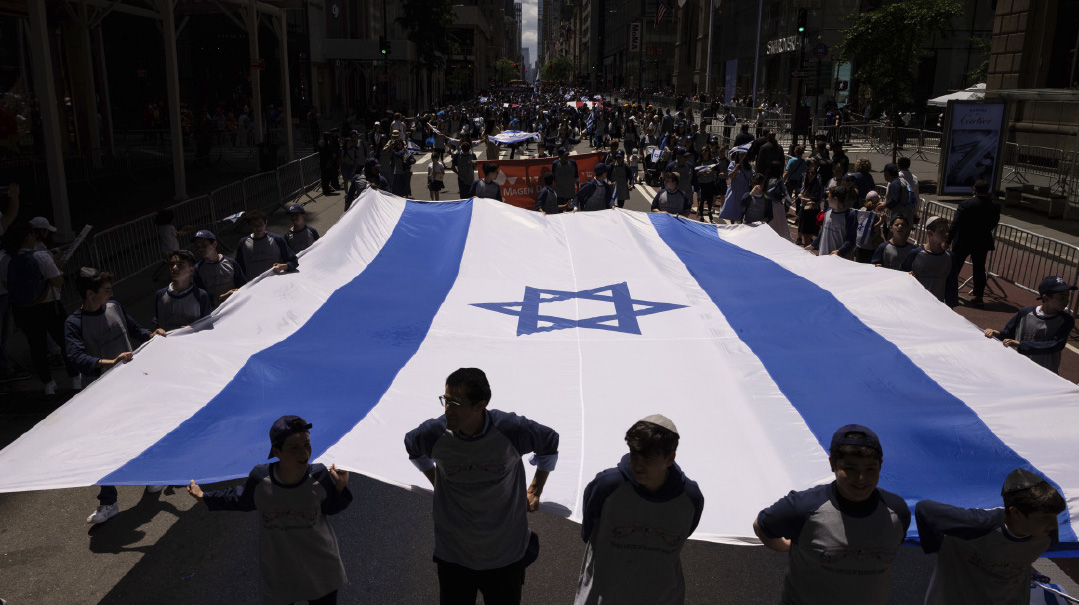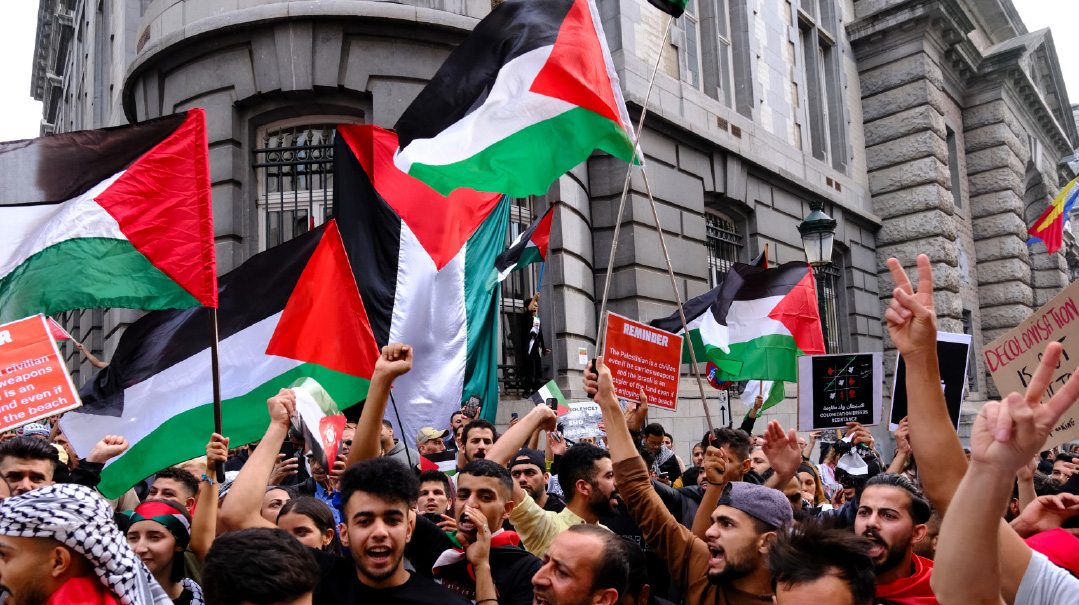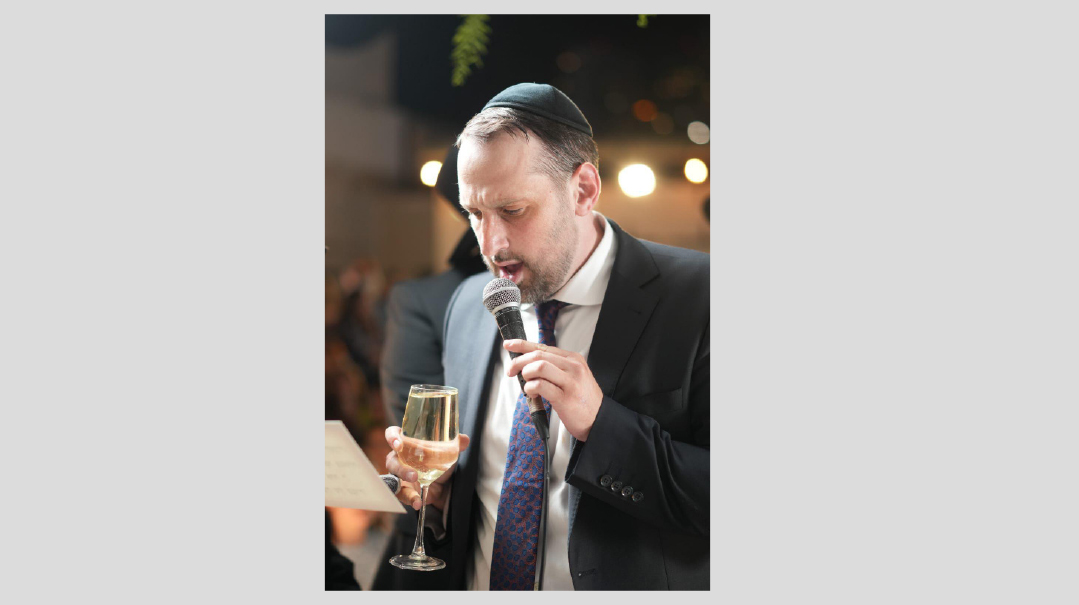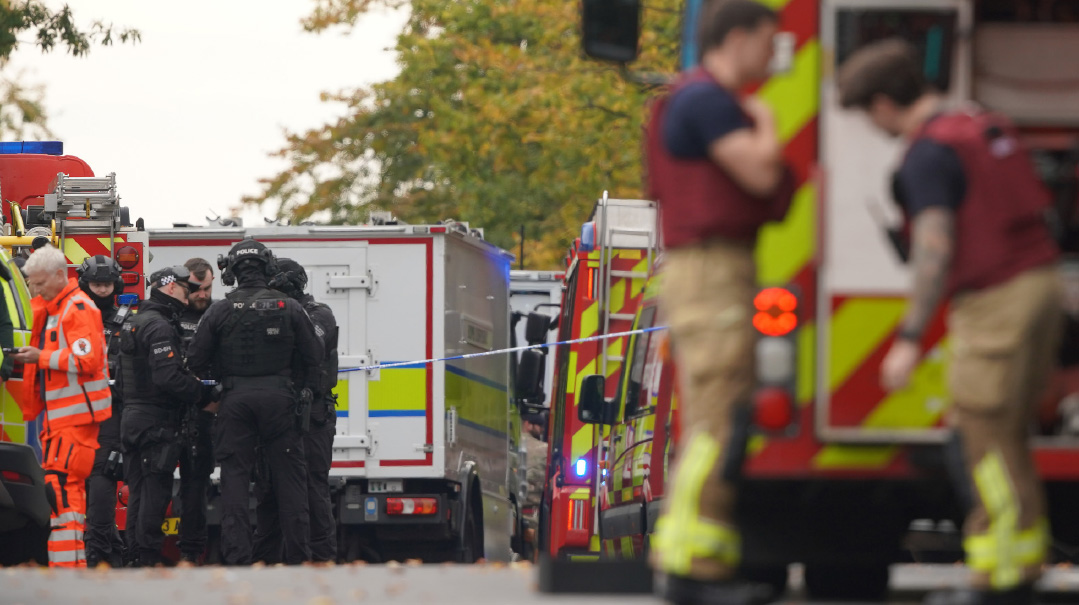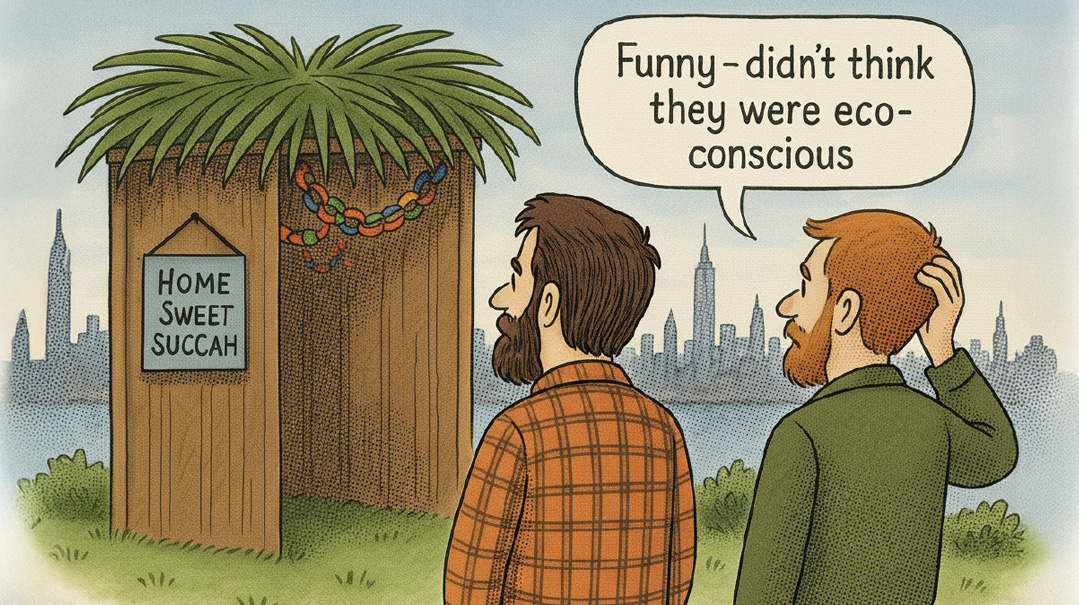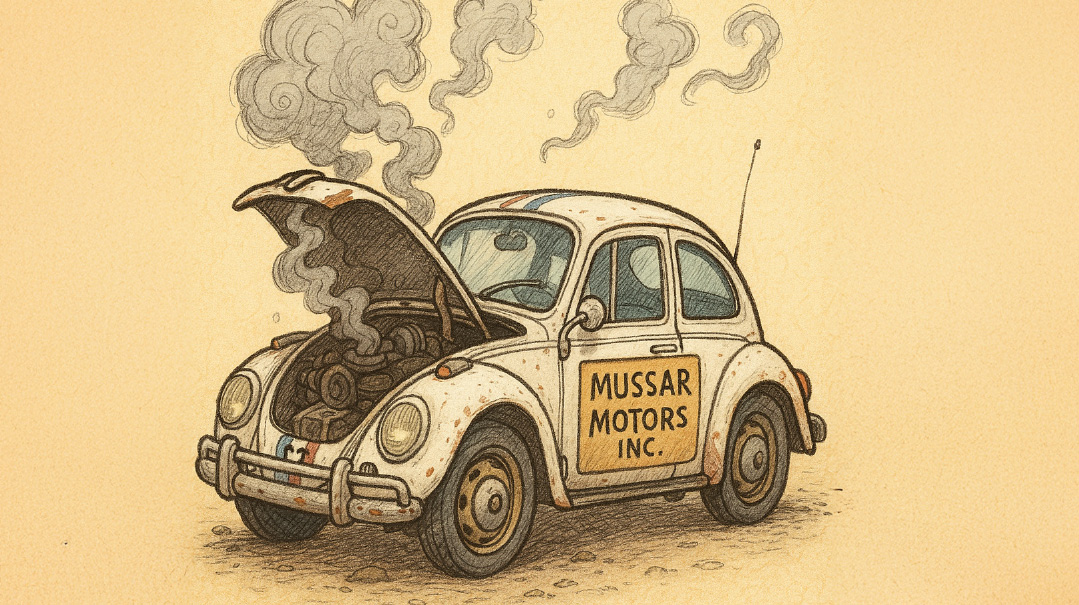A Time for Kiruv

The deluge of hate and anti-Semitism has done more to move the needle on Jewish identity than millions in kiruv funding

PHOTO: MOSHE SHAI/FLASH90
IN an age when the average phone packs more sensors than a Cold War satellite, no device yet exists to track spiritual level. More’s the pity, because if a belief-o-meter came as standard, Jewish cell phones would be vibrating like lulavim.
The October 8 Jew — a term coined by the New York Times’ Bret Stephens — is utterly unlike his October 6 counterpart. As a nation, we’re traumatized, isolated, and far more somber than before. And after a year of reporting and talking to Jews across the spectrum, it’s my strong belief that the average October 8 Jew is now more interested in his faith than at any time in recent memory.
At risk of blowing my own shofar, that’s the conclusion of my road journey through the Gaza border kibbutzim printed (at doorstopper length) in this issue. It’s obvious in a hundred separate cries of liberal Jewish pain published this year, particularly Franklin Foer’s disturbing Atlantic essay, “The Golden Age of American Jews Is Ending.”
That belief was reinforced once again for me over Rosh Hashanah, which I spent in Tel Aviv. One conversation with a young man who has recently started to observe Shabbos sticks in my mind. Brought up in a secular home in England, he’s made large strides over the past year — a change that he attributes to the war.
“It definitely made me question my Jewish identity,” he said. “You’ll get canceled if you say this, but the war has had an effect on a lot of people’s Judaism.” Go and talk to Jews anywhere and you’ll hear the same.
It’s not surprising that the deluge of hate and anti-Semitism has done more to move the needle on Jewish identity than millions in kiruv funding. The Gemara (Megillah 14) says that Achashverosh’s removal of his signet ring to empower Haman did more for Am Yisrael’s spirituality than all the prophets who had warned them to change their ways.
When the pressure ramps up, we get the message.
All of which means that we stand at a unique, generational moment of openness. In the post-October 7 world, the old frameworks through which a majority of Jews made sense of the world are crumbling. What use is progressivism, when leading progressives are among the worst anti-Semites? Whence Holocaust Judaism, when bigots deny the latest slaughter of the Jews? Is Israel really the ultimate solution to all Jewish problems when it couldn’t prevent a medieval pogrom?
Jews everywhere yearn for comfort, for inspiration, for connection — and they’re open at some level to the emunah which is the only source that can provide it.
That openness has one practical application that should be inscribed in Kiddush Levanah letters across our communal agenda: K-I-R-U-V.
In recent years, there’s been sporadic talk of the end of an era for the outreach movement. With the legendary early pioneers no longer with us, some sensed that the movement’s best days were behind it.
Whatever the truth of that debate, that all belongs to the past. Because in this new era, we should be doubling down on kiruv. Aish, Ohr Somayach, Chabad, Olami, NCSY, plus a host of local initiatives on and off campus — they’re all doing amazing work, but we need more.
We need far more young couples dedicating time to the front lines of the Jewish People, and far more of us inviting a coworker or nonreligious acquaintance over for a Shabbos meal. “Kiruv” sounds like a daunting endeavor, because people still think it’s about philosophical odysseys. It’s a cliché by this point, but it bears repeating anyway: Your Shabbos table will change people far more profoundly than your shiur.
We need large-scale investment in the Israelis who now live in massive numbers across America, Europe, and beyond. They represent a tragedy of assimilation that is mostly preventable through day school attendance, yet the issue is largely a blind spot on the kiruv agenda.
At one stop on my kibbutz odyssey, I came across a sad example of the naivete that leads large numbers of Israelis down the road to assimilation. I met traditional parents who’d sent their traumatized 15-year-old — along with four other Israeli teens, from 12 to 16 years old — to a soccer academy in Pennsylvania.
“They all take out their pocket Tanach when the mandatory Christian Bible lessons start,” the mother proudly said.
“And what happens when your son meets a nice non-Jewish girl?” I asked.
“He has such strong values from home,” she responded, with total sincerity.
The solution to that case, and many others like it, lies in the implementation of our core values as a community. How many times have we said, sung — and meant — the words of “Acheinu”? We know and believe that Jews everywhere are our brothers and sisters. We know they’re in pain, because they’re broadcasting it everywhere. And we know they’re now more open to a conversation about what it means to be Jewish than for many years past.
In the spirit of retrospection, allow me to finish with a quote from something that I wrote toward the beginning of the war about the transformation of Jewish identity.
“It’s been decades since the Jewish body politic has done anything to give meaning to the term ‘Klal Yisrael.’ In what substantive way are we really a klal?”
“When two million religious Jews celebrate the Daf Yomi mega-siyum every seven years, secular Jews are simply oblivious. When they in turn celebrate a Jewish Hollywood actor or Olympian, the reverse is true. So when do we all collectively feel or experience the same thing at the same time?
“That was all pre-October 7. Ask any Jew anywhere how he is, and there will be a hint of reserve.
“Given the situation, okay,” will be the answer — a hesitation that only Jews will truly understand.
“For the first time in many decades, there is now one Jewish world, a certain minimal sense of Jewish consciousness.”
Even a year into the war, with the euphoric unity a thing of the past, this holds true. There’s a new sense of Jewish consciousness. It’s a fragile thing, and it doesn’t mean that people are going to flood into outreach seminars and become frum overnight, but it’s real.
So as we mark the tragedy of last Simchas Torah, there’s one forward-looking response that can turn sadness into hope, and the darkness of the past into a brighter Jewish future.
It’s time for a new age of kiruv.
(Originally featured in Mishpacha, Issue 1033)
Oops! We could not locate your form.

